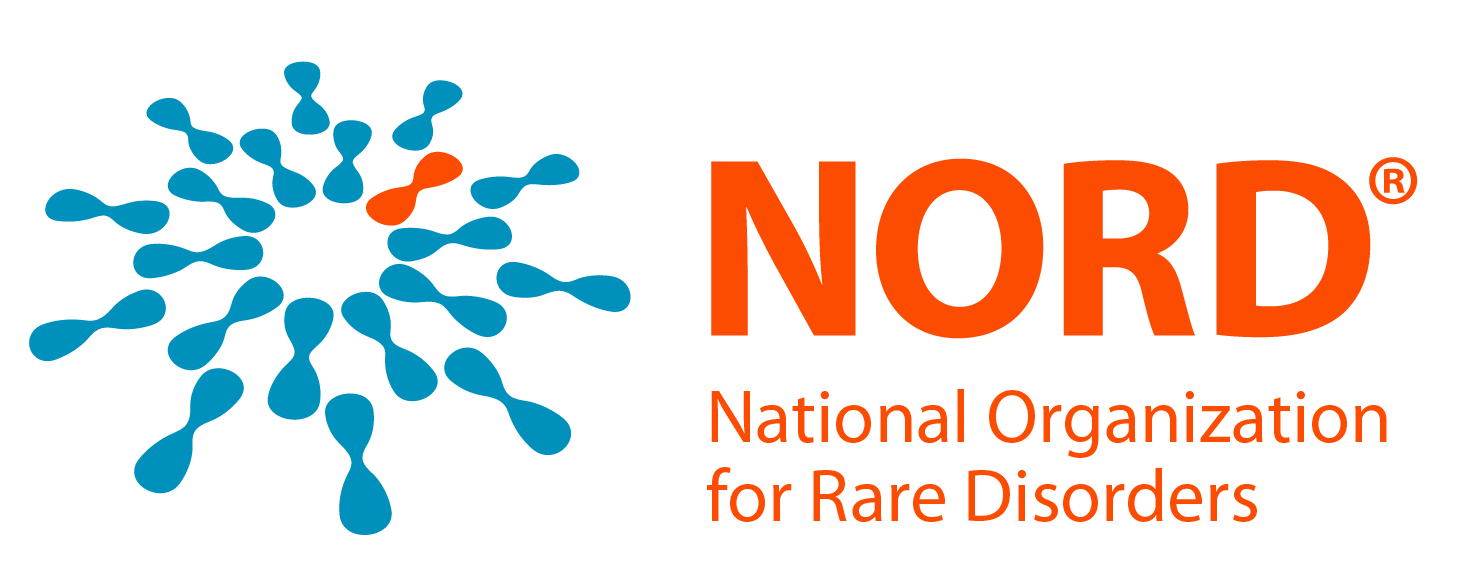Summary
Polycythemia vera is a rare, chronic disorder involving the overproduction of blood cells in the bone marrow (myeloproliferation). The overproduction of red blood cells is most dramatic, but the production of white blood cells and platelets are also elevated in most patients. Since red blood cells are overproduced in the marrow, this leads to abnormally high numbers of circulating red blood cells (red blood mass) within the blood. Consequently, the blood thickens and increases in volume, a condition called hyperviscosity. Thickened blood may not flow through smaller blood vessels properly. A variety of symptoms can occur in individuals with polycythemia vera including nonspecific symptoms such as headaches, fatigue, weakness, dizziness or itchy skin; an enlarged spleen (splenomegaly); a variety of gastrointestinal issues; and the risk of blood clot formation, which may prevent blood flow to vital organs. More than 90 percent of individuals with polycythemia vera have a variant (mutation) in the JAK2 gene. The exact role these variants play in the development of polycythemia vera is not yet known.
Introduction
Polycythemia vera was first reported in the medical literature in 1892. The term “myeloproliferative disorder” (MPD) was first used to describe polycythemia vera and related disorders in 1951. In 2008, the World Health Organization reclassified MPDs to “myeloproliferative neoplasms” (MPNs) to reflect the consensus that these diseases are blood cancers (neoplasms). This group of disorders is characterized by the overproduction (proliferation) of one or more of the three main blood cell lines – red or white blood cells or platelets. Red blood cells carry oxygen to the body. White blood cells fight infection. Platelets are involved in clotting of the blood in response to injury. Three other disorders are commonly classified as MPNs: chronic myeloid leukemia, essential thrombocythemia and idiopathic myelofibrosis. Because MPNs are characterized by uncontrolled cell growth, they may also be classified as blood cancers.

Every day matters for patients, researchers, and families who rely on NORD's trusted information.
We can’t keep these resources free and growing without your help.
Please donate today — and power the future of rare disease progress.


Whether you’re a patient, researcher, student, or advocate — we’re here for you.
If you’ve found NORD’s resources helpful, please consider donating.
Your support keeps this information free, updated, and available for everyone who needs it.

